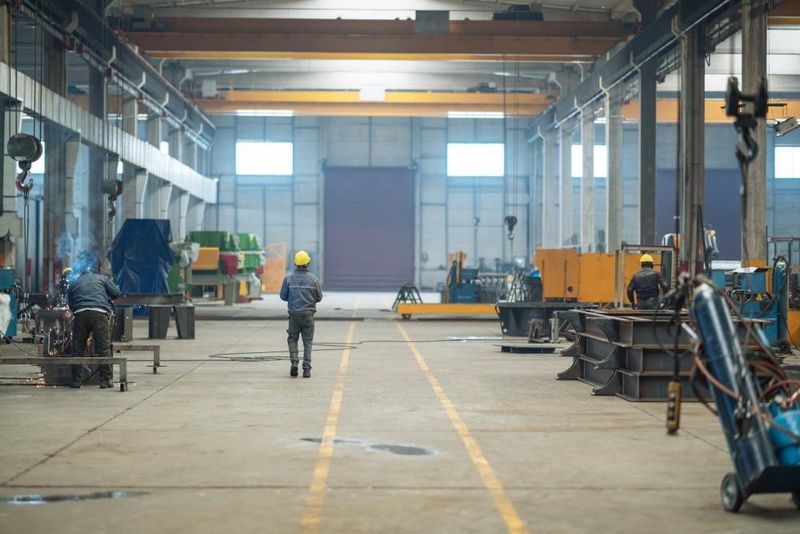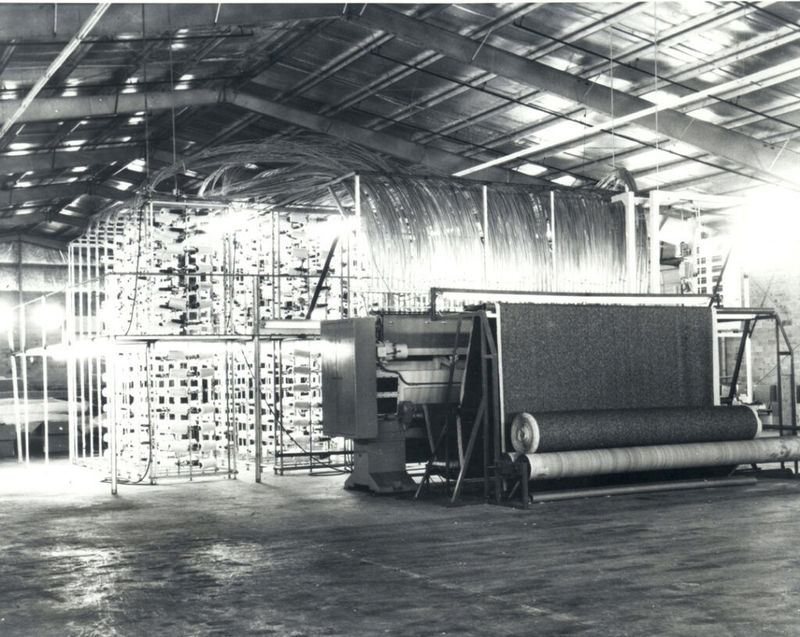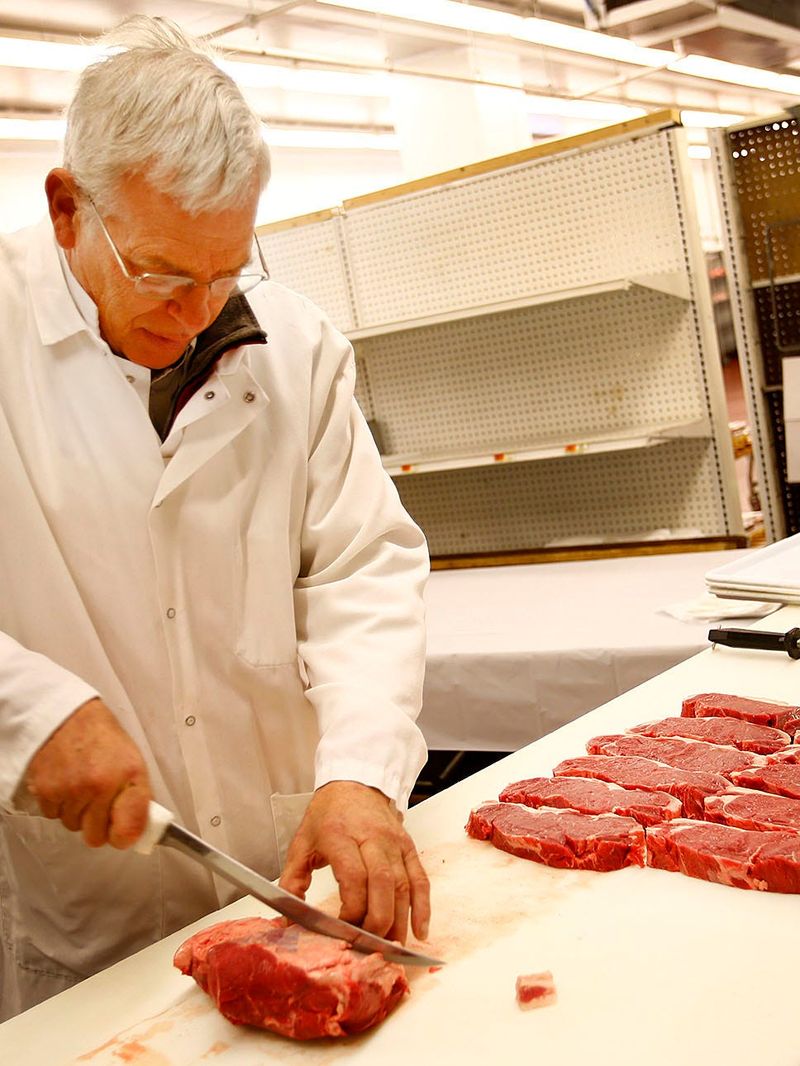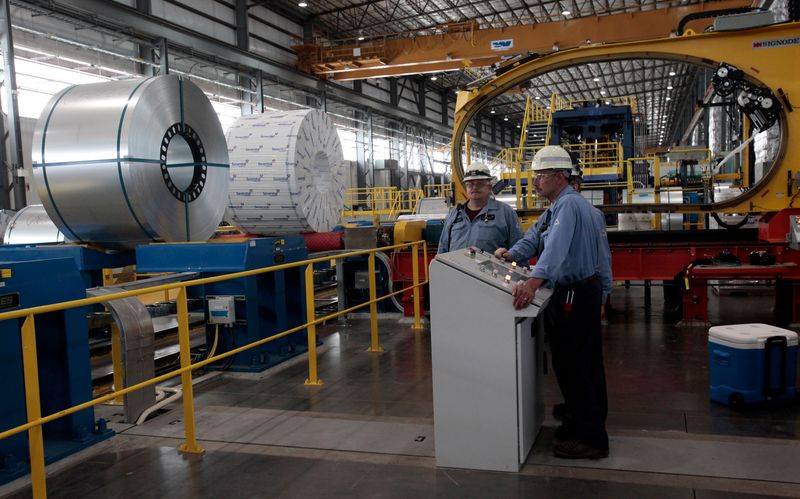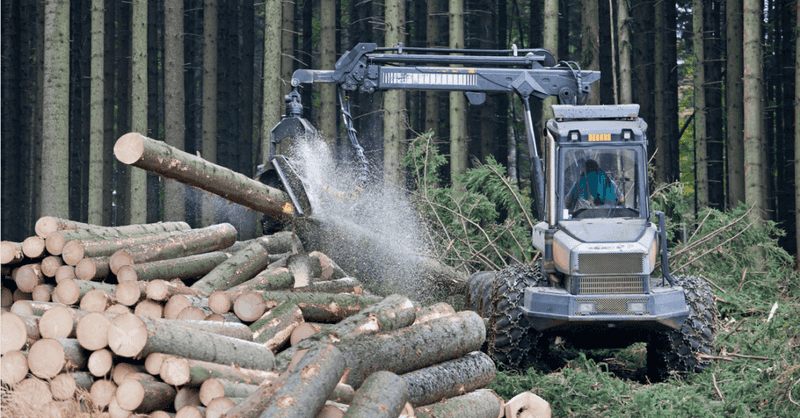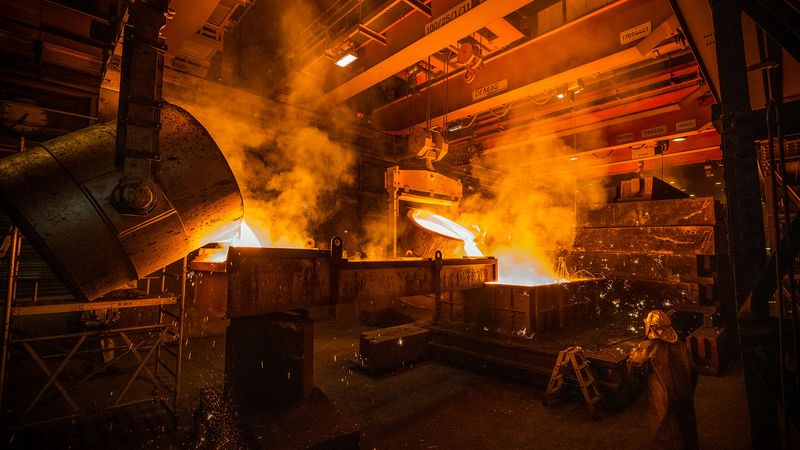America’s workforce is experiencing a dramatic shift away from traditional blue-collar careers. Jobs that once offered stable paychecks and solid middle-class lifestyles are now struggling to attract new workers. The combination of technological changes, physically demanding conditions, and changing cultural attitudes has led many to seek alternative career paths. Here’s a look at the trades experiencing the biggest exodus of workers today.
1. Factory Floor Workers Face Uncertain Future
Manufacturing jobs, once the backbone of American prosperity, are hemorrhaging workers faster than companies can replace them. Nearly 500,000 positions sat empty as of April 2024, with factories struggling to attract younger generations.
Baby Boomer retirements have created a massive knowledge gap on production lines. Meanwhile, potential new hires increasingly view factory work as monotonous, physically taxing, and lacking career growth opportunities.
The perception of manufacturing as a dead-end career has become a self-fulfilling prophecy. Without significant changes to working conditions and compensation, this cornerstone of blue-collar employment may continue its decline.
2. Construction Sites Echo with Labor Shortages
Hard hats sit unused as the construction industry grapples with a staggering 355,000 job openings reported in April 2024. Young workers are increasingly reluctant to endure the physical demands and safety risks associated with building careers.
OSHA statistics reveal the harsh reality: construction workers suffer injuries at rates significantly higher than most other professions. The combination of dangerous conditions, irregular hours, and seasonal instability creates a perfect storm for workforce attrition.
Weather exposure, joint-destroying labor, and the constant pressure to meet deadlines further drive potential workers toward more comfortable, climate-controlled alternatives.
3. Coal Mining Towns Left Behind
The iconic coal miner, once celebrated in American folklore, is becoming increasingly rare. Environmental regulations and the rapid rise of renewable energy have dealt a double blow to this traditional occupation.
Communities built around coal extraction now face uncertain futures as mines close. The dangerous nature of coal mining—with risks ranging from black lung disease to cave-ins—further discourages new entrants from pursuing these careers.
Many former mining families are actively encouraging their children to seek education and opportunities elsewhere. This generational shift away from the mines represents both economic reality and changing values about workplace safety and environmental impact.
4. Textile Workers Unravel as Industry Shifts Overseas
American textile mills once hummed with activity in towns across the country. Today, those same facilities stand empty or repurposed as offshoring has decimated domestic production.
Workers who once operated looms and sewing machines have watched their livelihoods disappear as companies seek cheaper labor abroad. The remaining positions typically offer lower wages and reduced benefits, making recruitment nearly impossible.
Many former textile workers report feeling abandoned by an industry that defined their communities for generations. The specialized skills developed over decades of textile work often don’t transfer easily to other industries, leaving these workers particularly vulnerable to long-term unemployment.
5. Auto Assembly Lines Replaced by Robots
The assembly line revolutionized manufacturing, but now robots are revolutionizing the assembly line. Automotive factories increasingly rely on automation, with humans serving primarily as machine operators rather than direct assemblers.
Traditional assembly jobs requiring minimal education but offering middle-class wages have largely disappeared. Modern positions demand technical knowledge of computerized systems and robotics maintenance—skills many traditional auto workers lack.
The repetitive physical motions that once defined these jobs led to high rates of repetitive stress injuries. While automation addresses this health concern, it simultaneously eliminates opportunities for workers without advanced technical training.
6. Printing Press Operators Face Digital Extinction
The rhythmic clatter of printing presses is growing quieter as digital media replaces physical publications. Newspapers, magazines, and commercial printers have dramatically reduced their workforce as readers migrate to screens.
Master printers who spent decades perfecting their craft now find their expertise increasingly irrelevant. The specialized knowledge of ink formulations, paper stocks, and press calibrations holds diminishing value in a pixel-based world.
The remaining positions require familiarity with digital printing technologies and computer design programs. Many veteran press operators find themselves struggling to adapt to these new requirements after decades of traditional printing experience.
7. Postal Carriers Deliver Less as Digital Mail Dominates
“Neither snow nor rain nor heat nor gloom of night” may stop postal carriers—but email and online billing have succeeded where the elements failed. Letter carriers face an uncertain future as physical mail volumes continue their steady decline.
Automated sorting machines have eliminated many indoor postal positions. Meanwhile, delivery routes have been consolidated, requiring fewer carriers to cover larger territories.
The postal workforce is aging rapidly, with many carriers approaching retirement. Unlike previous generations, however, postal services are hiring fewer replacements—a tacit acknowledgment that the golden age of mail delivery has passed.
8. Butchers Carve Out New Careers as Meat Processing Centralizes
Neighborhood butcher shops once formed the heart of many communities. Today, these skilled craftspeople are increasingly rare as supermarkets switch to centralized meat processing and pre-packaged products.
The physically demanding nature of butchery—standing for hours in cold environments while performing repetitive cutting motions—takes a toll on workers’ bodies. Safety concerns also plague the industry, with meat cutting consistently ranking among the most dangerous food preparation occupations.
Young workers show little interest in apprenticing in a trade perceived as declining. Those with knife skills increasingly gravitate toward culinary careers rather than traditional butchery, leaving a generational gap in this ancient profession.
9. Steelworkers Forge New Paths as Mills Close
Massive steel mills once defined the skylines of industrial cities across America. The fiery glow of foundries has dimmed considerably as global competition and automation have transformed the industry.
The remaining steelworking jobs often require technical expertise to operate computerized equipment. This shift leaves traditional steelworkers, skilled in physical techniques passed down through generations, without clear career paths.
Health hazards remain significant despite technological improvements. Exposure to extreme heat, toxic substances, and dangerous equipment continues to deter potential workers who have safer options available.
10. Logging Workers Cut Down Career Expectations
The rugged logger with chainsaw in hand is increasingly being replaced by sophisticated harvesting machines operated from climate-controlled cabs. These technological advances have dramatically reduced the workforce needed to harvest the same amount of timber.
Logging consistently ranks among America’s most dangerous professions. Falling trees, heavy equipment accidents, and remote worksites far from medical care create significant risks that younger workers are increasingly unwilling to accept.
Environmental regulations have further restricted logging operations in many regions. With fewer forests available for commercial harvest and mechanization reducing labor needs, the traditional logger is becoming an endangered species in the American workforce.
11. Foundry Mold Makers Melt Away as Technology Advances
The ancient craft of creating molds for metal casting is facing a 24.6% projected decline by 2033, according to the Bureau of Labor Statistics. These skilled artisans who once shaped the forms for everything from engine blocks to artistic sculptures are being replaced by computer-controlled systems.
Working conditions in foundries remain challenging despite technological advances. Extreme heat, exposure to potentially harmful materials, and physically demanding labor make recruitment difficult in an era of air-conditioned alternatives.
The specialized knowledge of metallurgy and molding techniques, once passed down through apprenticeships, is increasingly housed in software programs rather than human expertise.
12. Telemarketers Hang Up as Digital Marketing Takes Over
The voice on the other end of unsolicited dinner-time calls is increasingly falling silent. Telemarketing positions are projected to decline by 21.5% by 2033 as businesses shift to digital marketing strategies and automated customer contact systems.
Stricter regulations like the National Do Not Call Registry have severely limited telemarketers’ potential customer base. Consumer resistance has also intensified, with call-blocking technology and widespread negative perceptions making the job increasingly difficult.
The high-stress environment of constant rejection and commission-based compensation structures further discourage potential workers. Many former telemarketers report seeking careers with more stable incomes and less adversarial customer interactions.
13. Data Entry Keyers Pushed Aside by Automation
The rapid fingers of data entry specialists are being replaced by scanning technology and automated data capture systems. The Bureau of Labor Statistics projects a steep 25% decline in these positions by 2033—one of the sharpest drops among all occupations.
Optical character recognition software can now process documents faster and with fewer errors than human operators. Cloud-based systems allowing customers to input their own information have further reduced the need for dedicated data entry personnel.
The physical toll of this work—repetitive stress injuries from constant typing—has long been a concern. As automation eliminates these positions, some workers express relief at escaping the physical strain while simultaneously worrying about their economic futures.
14. Metal Patternmakers Fade as Digital Design Dominates
The craftspeople who once created the intricate physical patterns used in metal casting face a projected 22.2% employment decline by 2033. Their specialized skills in creating precise wooden or metal templates have been largely supplanted by computer-aided design and 3D printing technologies.
The meticulous handwork that defined this profession for generations now exists primarily in digital space. Modern manufacturing facilities can move directly from computer models to production without the intermediate step of physical pattern creation.
Apprenticeship programs for patternmakers have nearly disappeared, breaking the chain of knowledge transmission. The few remaining practitioners often focus on restoration work or specialized applications where digital alternatives haven’t yet proven adequate.
15. Order Clerks Processed Out by E-Commerce
The friendly voice confirming your purchase has largely been replaced by an automated email. Order clerk positions face a projected 17.9% decline by 2033 as e-commerce platforms and automated ordering systems eliminate the need for human intermediaries.
Businesses have shifted resources from order processing to website development and digital customer experience. The transition leaves traditional order clerks with diminishing opportunities unless they develop technical skills for the digital economy.
Many former order clerks report missing the human connection of their previous roles. The satisfaction of helping customers navigate purchases has been replaced by the efficiency of algorithms that require no breaks, benefits, or workplace accommodations.

